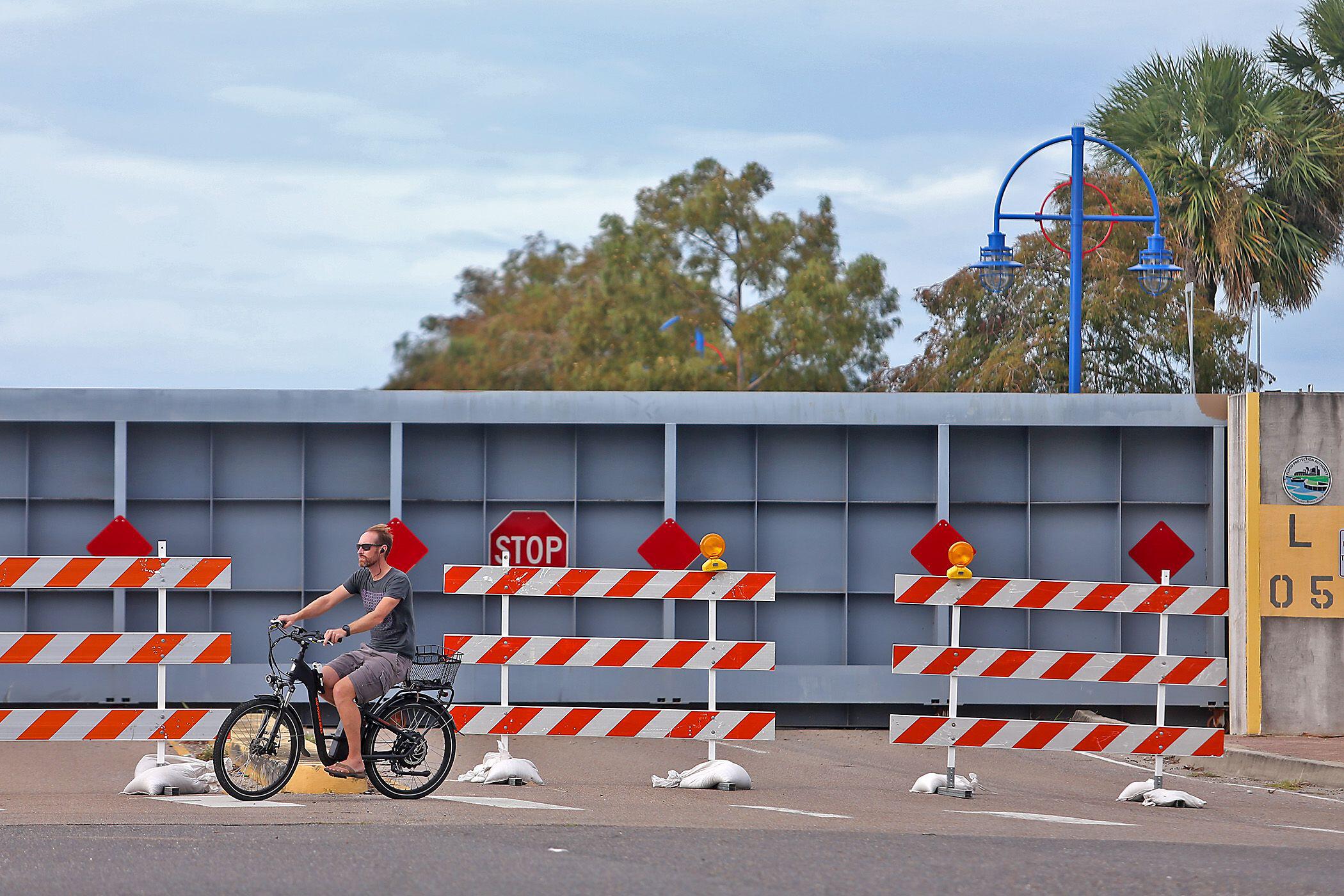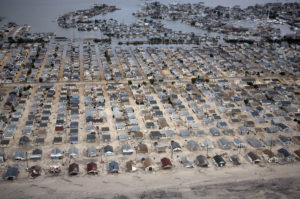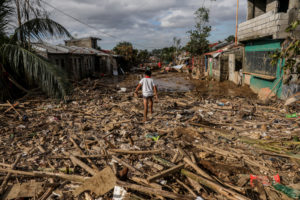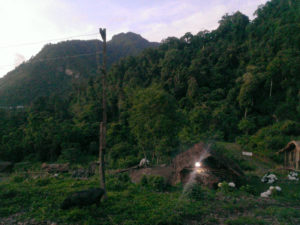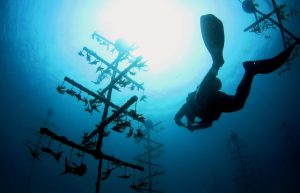The most significant images from Hurricane Ida’s devastating landfall on the Gulf Coast, in the extreme south of the United States, are the ones we did not see: no refugees huddled in the Superdome, no shots of block after block of New Orleans under water, no miles of overtopped and crumbling levees. As the table below suggests, Ida, which hit New Orleans more directly than Katrina did in 2005 – and mustered greater and more concentrated destructive power – wreaked only a fraction of the loss of life and property damages.
Why is this so significant? Because the biggest reason that, as the mayor of New Orleans said, “We didn’t have a second Katrina,” had nothing to do with Ida’s relative strength. It had to do with US$14.5 billion in federal investment in disaster prevention, mostly spent raising, strengthening and hardening the levees, surge barriers and pumping systems that protect New Orleans. These investments saved the city.
The lesson here is clear enough: Prevention works. Investment pays off. We do not need to wait for “stuff to happen” and then clean up the bodies. A focused and competent federal government, getting ready for disasters that haven’t yet happened, is an absolute key to the safety of millions and millions of Americans. FEMA (the Federal Emergency Management Agency) alone spent $76 billion on Katrina disaster relief in Louisiana, most of that in New Orleans. So, the $14.5 billion spent on prevention has already, at the most conservative estimate, been repaid several times over to the Treasury and the taxpayers.
But the strengthened and hardened dike ring around New Orleans almost didn’t happen. Many Republicans resisted these investment and improvements, citing the impact on the federal deficit and taxes. Then-House Speaker Dennis Hastert initially said the city should be bulldozed and abandoned. Congress at first refused to apply normal loan forgiveness policies to FEMA loans after Katrina. Eventually a well-organised Louisiana delegation was able to obtain recovery assistance – and it paid off big time.
Ida has shown us one thing – appropriate investment in disaster prevention means a smaller, not larger, deficit and tax burden.
Along with investing in the future, we need to behave more prudently today. Again, government is the key to making that happen. Those parishes in Louisiana whose levee hardening had not yet been completed suffered the same kind of disastrous impact that Katrina left behind. Further to the north, we saw in Tennessee two weeks earlier how a meteorologically local event can devastate communities – particularly in counties that have refused to prepare themselves in recent years, continued to allow the construction of buildings with no safety or construction codes at all, and chose not to participate in the federal Flood Plain Insurance Program. (Neighbouring Nashville, after earlier floods, adopted building codes designed to protect residents in a flood. It’s much better prepared than it used to be.)
These lessons ought to become the centre of the congressional debate on both of the Biden administration’s pending infrastructure bills. As I wrote recently, these bills are being misleadingly treated as one-time fixes, when the reality is that they should represent a new normal, in which the US, like other industrial nations, regularly invests in making the nation’s infrastructure secure in the face of increasingly likely extreme weather events. We should maintain our roads, power systems, water supplies, broadband and other infrastructure at above average levels, not at a D-minus.
As for the argument that either budgetary concerns or a desire for lower taxes warrants clinging to our “just let stuff happen” attitude about the future, it should no longer get even momentary traction. It is just not a serious response to the obvious challenges before us. Ida showed us that a safer future is fiscally responsible and tax-positive – and, far more important, will save enormous numbers of lives.
A version of this article was first published in Salon.
